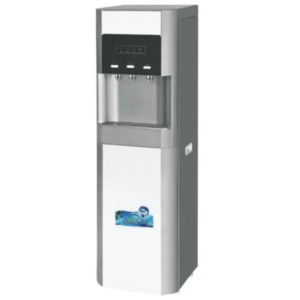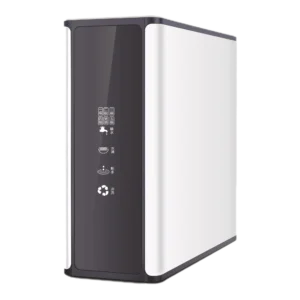A Comparison of Water Purifier Filter Materials – Which Has the Best Filtration Effect?
When it comes to ensuring clean and safe drinking water at home, the choice of water purifier filter materials plays a pivotal role.
Different filter materials are designed to target specific contaminants, and understanding their capabilities is crucial for making an informed decision.
Different filter materials are designed to target specific contaminants, and understanding their capabilities is crucial for making an informed decision.
Polypropylene (PP) sediment filters are commonly used as the first line of defense in many water purifiers.

Their primary function is to remove large – sized particles that are visible to the naked eye. These include sand, dirt, rust,
and other sediment. PP filters have a multi – layer structure with pores that can be as small as 1 – 5 microns.
This design enables them to effectively trap particles of various sizes, preventing them from moving further through
the water purification system. For example, in areas with high sediment content in the water supply, a PP

sediment filter can significantly reduce the amount of visible impurities, protecting downstream filters from premature clogging.
However, their effectiveness is limited to physical particles, and they have no impact on dissolved substances or microorganisms.

Their primary function is to remove large – sized particles that are visible to the naked eye. These include sand, dirt, rust,
and other sediment. PP filters have a multi – layer structure with pores that can be as small as 1 – 5 microns.
This design enables them to effectively trap particles of various sizes, preventing them from moving further through
the water purification system. For example, in areas with high sediment content in the water supply, a PP

sediment filter can significantly reduce the amount of visible impurities, protecting downstream filters from premature clogging.
However, their effectiveness is limited to physical particles, and they have no impact on dissolved substances or microorganisms.
Activated carbon filters are another widely used type. Made from materials such as coconut shells or coal that have been processed to create
a highly porous structure, activated carbon has an extremely large surface area. This property allows it to adsorb a wide range of
substances, including chlorine, which is commonly used in water treatment but can give water an unpleasant taste and odor.
a highly porous structure, activated carbon has an extremely large surface area. This property allows it to adsorb a wide range of
substances, including chlorine, which is commonly used in water treatment but can give water an unpleasant taste and odor.
In conclusion, if the goal is to achieve the highest level of overall water purification, including the removal of a wide spectrum of
contaminants, RO membranes offer the best filtration effect. They can effectively address both physical, chemical, and biological impurities. However,
for less contaminated water sources or specific needs, such as primarily removing sediment or improving taste,
Water Purifier Factory, Water Purifier For Home, Water Purifier Machine,Water Purifier, Water Filter Purifier System
contaminants, RO membranes offer the best filtration effect. They can effectively address both physical, chemical, and biological impurities. However,
for less contaminated water sources or specific needs, such as primarily removing sediment or improving taste,
Water Purifier Factory, Water Purifier For Home, Water Purifier Machine,Water Purifier, Water Filter Purifier System
other filter materials like PP sediment filters or activated carbon filters can be sufficient and more cost – effective. In many cases,
a combination of different filter materials in a multi – stage water purifier system can provide
comprehensive water purification tailored to the specific water quality challenges of a particular household.
A Comparison of Water Purifier Filter Materials – Which Has the Best Filtration Effect?

